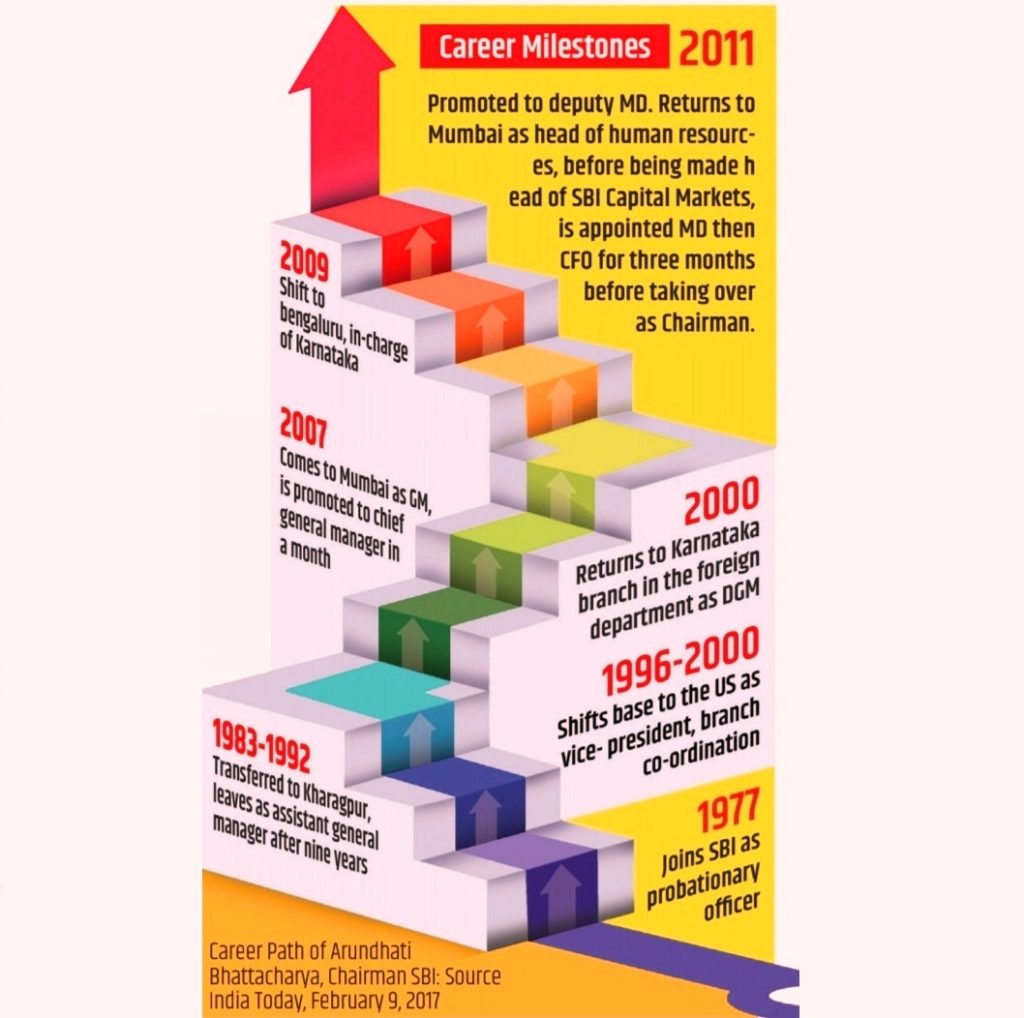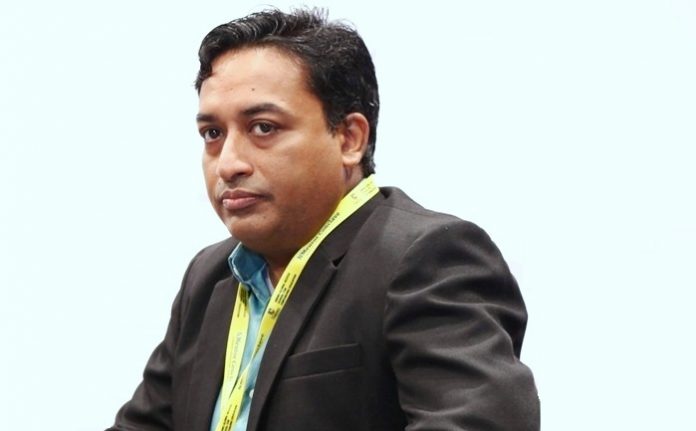I was talking to my cousin who is currently working in the venerable public institution, the State Bank of India (SBI). After joining as a clerk in SBI, he had rapidly developed into a fine banking professional thanks to the continuous development and structured talent mobility provided by his organization.
At the time of our discussion, he already had two stints in his five-year career; one in the regional headquarters in Kolkata to learn the ropes of banking and then as an independent branch manager in a remote district in West Bengal. As a representative of the bank, he is responsible for the P&L of the entire branch and is the single point of contact for all the banks’ product portfolio. He is preparing now for his international stint which will take him to the sought-after postings in the SBI branches in Europe or the Americas.
“Unsurprisingly, SBI boasts of a strong leadership pipeline that supplies talent not only inside the organization but arguably to the entire banking sector of the country”
Recently, Arundhati Bhattacharya, the first women chairperson of SBI narrated her journey from a probationary officer to the chairperson which was very elegantly documented by India Today in their article on the leader.

Talent Mobility Process Models
1-The 2x2x2 Rule Career Rule
However, the governments and Civil Services are not alone to use talent mobility as a vehicle for leadership development. Global multinationals like GE, Coca Cola, Cadbury, HUL, etc had popularized this concept by creating what is known as the 2x2x2 rule of leadership development.
- 2 Functions: The executive has to work in at least two functions let us say sales and Human Resources to strengthen his domain appreciation
- 2 Businesses/Business Units/Categories: Depending on whether the organization is integrated or is a conglomerate the executive is expected to work in two Businesses/Business Units/Categories to get an idea of what it is to work in areas which follow different business drivers
- 2 Geographies: The executive must work in two different geographies to get a rounded exposure in what is to manage people across cultural boundaries
Leanne Goliath-Yarde, regional HR manager, Mondelez International explains this principle through an example.
“The key focus for the supply chain organisation in AMEA is to ensure that we find the balance between meeting the aspirational needs of our talent to progress quickly, but also ensuring that we build well-rounded leaders. We address this by leveraging our 2x2x2 career development principle, that is, in order to progress to more senior roles in the organisation you would need to have experienced at least two categories, two countries, and two disciplines within the supply chain.”
In this, the 2x2x2 has been cleverly rigged to cater to creating a functional leadership the pipeline, i.e. the supply chain organization.
If one should use this template for HR then to develop a future CHRO of a firm the incumbent must have experience in say two disciplines say recruitment and talent management, two countries say India and UK and two business units say sales and manufacturing.
2- Three Dimensions of Talent Management
- The functional axis: As expertise becomes more important, it is now imperative for a talent to spend at least 3-5 years in a sub-discipline of a function to get a basic handle of the area. For example, in finance, we have several areas like taxation, treasury, planning, risk, audit, and accounting. If one aims to become the CFO, s/he will need to know at least 2-3 of these functions well. For example, the prospective CFO needs to be an expert on risk, planning and treasury management with a basic exposure to accounting. This will require the aspirant to plan his exposures to these functions in a systematic way as she builds her career.
- The business domain axis: This axis has two parts. One is knowledge about the industry the person is operating in. The other is related to the part of the value chain the person is associated with. This may say sales, product development, marketing or production. For example, even if one wants a CFO for a pharmaceutical company, the requirement may be that the incumbent needs to have worked in a regulated environment in an FMCG or a healthcare company that is subject to Audit and scrutiny of agencies like the USFDA(Food and Drug Administration of USA). Similar, his experience in handling let us say finance in a production environment or corporate or sales may add a specific dimension to his experience which may be very valuable.
- The culture axis: This is fast becoming the key differentiator when one is expected to hire talent which is expected to manage across geographies. The work practices change as we go across geographies. As an example, I was working with European colleagues in an assignment. They would come dot at 9:00 am in the morning, maintain a tight routine, have their food at their table and leave the office dot at 5:00 pm. This was very disconcerting for the local team who would want to spend time leisurely between 10:00 am to 4:00 pm before they stay back late to finish the assignment for the day. This has implications on how meetings are conducted, the pace of work and conversations around it.
3- Tailpiece
It is now well established that ‘crucible experiences’, in which the executive is put out of her comfort zone in alien conditions are essential to leadership development. The analogy is similar to that of sport where the coach pushes the aspirant out of what she is to what she can become. Setting this target, assessing the gap and focussed development leads to the making of a champion.
Organizations that are keen to build talent would need to invest in such roadmaps for their talent. Without a proper blueprint, even prodigious talent can go wasted.









